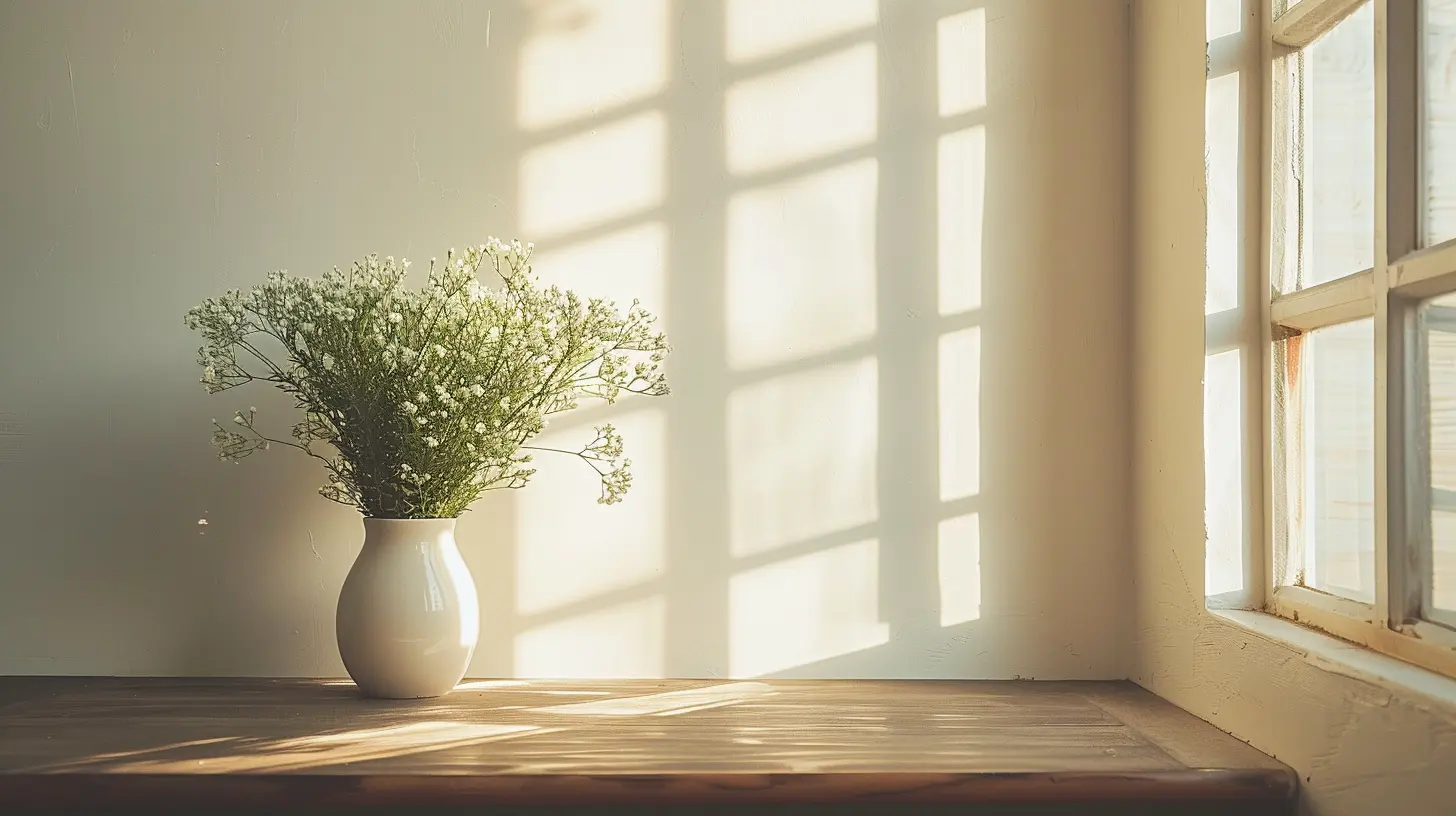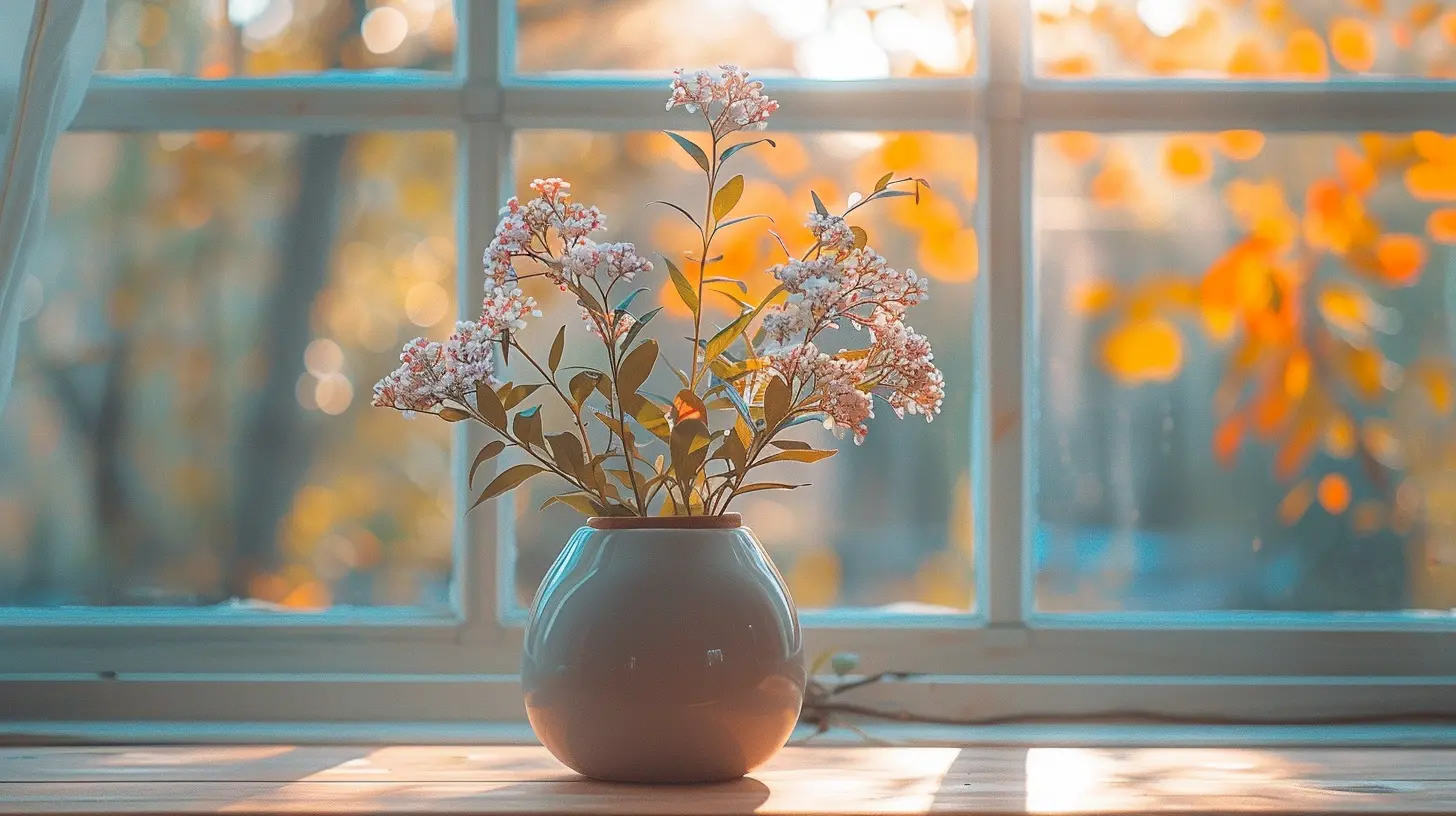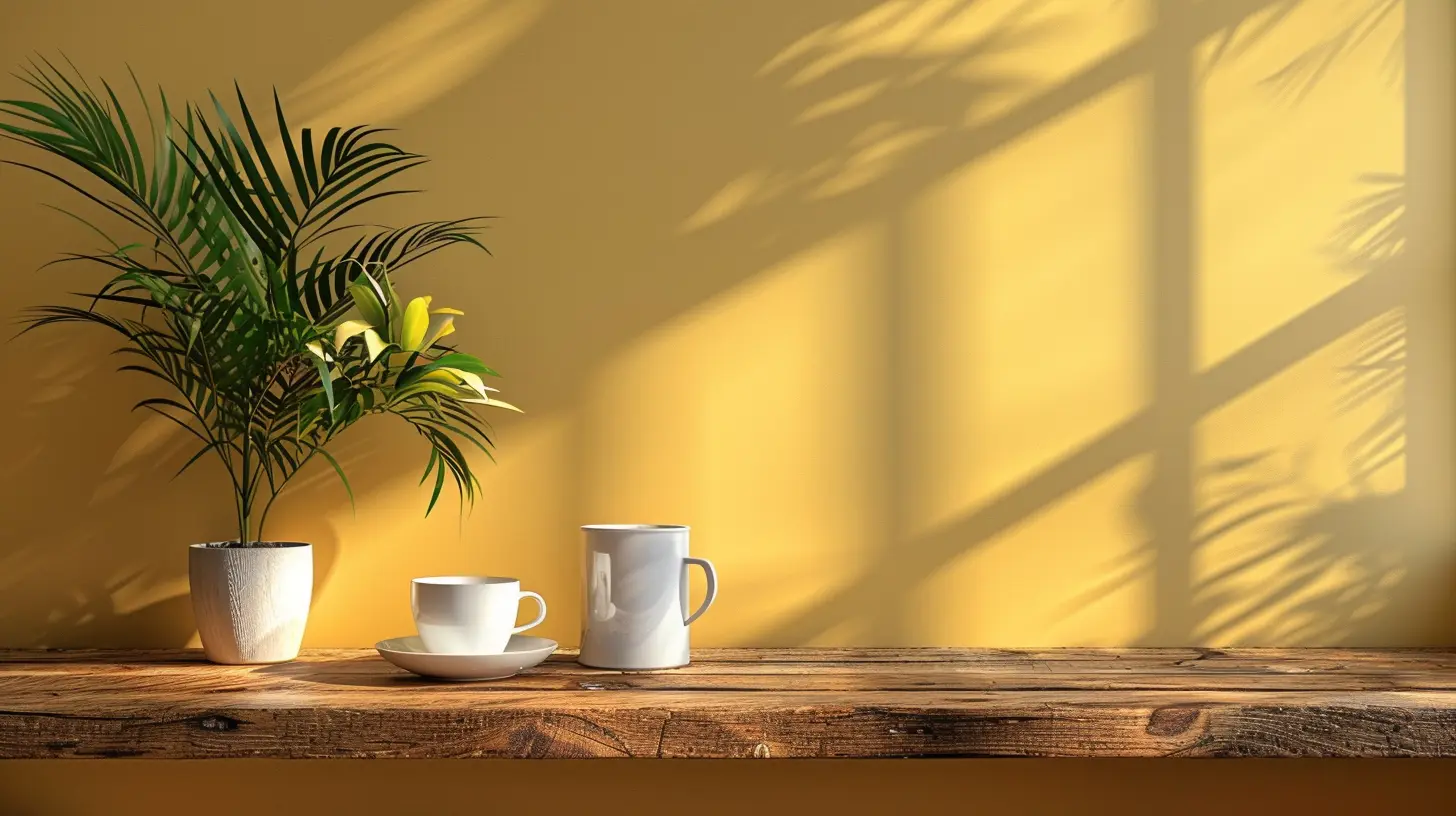Minimalist Living on a Budget: Frugal Habits for a Simpler Life
9 September 2025
Do you ever feel like life is just a nonstop treadmill, but instead of running to get fit, you're running to keep up with bills, clutter, and endless "stuff"? If you're nodding along, it might be time to take a deep breath and embrace minimalist living. And guess what? You don’t need a fat wallet to get started. In fact, minimalist living and budgeting go hand in hand, like peanut butter and jelly—only healthier for your mental state.
This guide is going to show you how to simplify your life, save money, and adopt frugal habits that could transform your lifestyle for the better. Ready? Let’s dive in.
What Is Minimalist Living?
Before we get into the nitty-gritty, let’s tackle the big question: what is minimalist living?Minimalist living is about focusing on what truly matters while cutting out unnecessary clutter—both physical and mental. It’s not about depriving yourself; it’s about prioritizing. Think Marie Kondo meets your budget spreadsheet. By letting go of the excess and keeping only the things that add value to your life, you can save money, reduce stress, and live more intentionally.
Why Combine Minimalism With a Budget?
Here’s a little secret: minimalism and budgeting are long-lost besties. Minimalism helps you cut out impulse buys and unnecessary expenses, while a budget keeps you on track financially. Together, they create a lifestyle that aligns with your goals and values. It’s like hitting two birds with one stone—except, you know, the ethical kind of stone-throwing.
Frugal Habits for a Minimalist Lifestyle
Let’s get practical. Below are some frugal habits that will not only help you stick to your budget but also lead a simpler, more intentional life.1. Declutter Your Space (And Make Money Doing It)
First things first: grab a trash bag, a few boxes, and your game face. Start by decluttering your home. Look at your belongings through a “value lens.” Ask yourself: Do I really need this? Does it serve a purpose or bring me joy? If the answer is no, it’s time to part ways.Here’s the fun part—you can sell your clutter! Whether it’s old clothes, gadgets you haven’t touched in years, or that bread maker you used once, there’s a market for it. Host a garage sale, list items on Facebook Marketplace, or try apps like Poshmark or eBay.
Not only will you lighten your load, but you’ll also pad your wallet. Win-win, right?
2. Adopt the “One In, One Out” Rule
Want to stop clutter from piling up again? Stick to the "one in, one out" rule. For every item you bring into your home, let go of one. Bought a new pair of shoes? Time to donate or sell an old pair.This simple habit keeps your space tidy and saves you from unnecessary spending. Plus, it forces you to really think about what you’re buying. Who needs impulse buys when you’ve got mindfulness on your side?
3. Cook at Home (And Love It)
Minimalist living isn’t just about stuff—it applies to your habits, too. One of the easiest ways to save money and embrace simplicity is by cooking at home. Eating out might feel convenient, but it’s a wallet-drainer.Make meal prep your new best friend. Choose simple, budget-friendly recipes that don’t require a hundred exotic ingredients. Think pasta dishes, soups, and stir-fries.
Pro tip: Plan meals around items already in your pantry. It’s like a treasure hunt, but instead of gold, you find spaghetti and canned tomatoes.
4. Go Digital With Media and Entertainment
Do you really need that huge DVD collection or shelves full of books you’ll never read again? Go digital! Instead of buying physical copies, consider streaming services for movies, e-books for your reading list, and Spotify for your music needs.And here’s the kicker: many local libraries offer free access to e-books and audiobooks. That’s right—FREE. If that’s not frugal, I don’t know what is.
5. Practice Conscious Spending
Minimalism teaches us to stop and think before spending. Ask yourself: Do I really need this? Will it add value to my life, or is it just going to collect dust?A good rule of thumb is the 30-day rule. If you see something you want, wait 30 days before buying it. Chances are, after the wait, you’ll realize you don’t want or need it anymore.
This habit transforms you from an emotional shopper into a thoughtful consumer. Your bank account will thank you.
6. DIY Whenever You Can
You don’t have to be Martha Stewart to embrace the magic of DIY. From making your own household cleaners to repurposing old furniture, getting creative can save you money and reduce waste.For example:
- Instead of buying expensive cleaning products, use vinegar, baking soda, and lemon. They’re cheap, effective, and chemical-free.
- Turn an old mason jar into a vase, a candle holder, or even a piggy bank for your savings.
DIY isn’t just cost-effective—it’s also fun! Think of it as adult arts and crafts.
7. Capsule Wardrobe: Less Is More
Does your closet stress you out? A capsule wardrobe might just change your life. This minimalist approach to fashion involves owning a small collection of versatile, high-quality pieces that you actually love wearing.Start by decluttering your wardrobe (see point #1). Then, focus on timeless staples that can be mixed and matched. No more standing in front of a packed closet thinking, “I have nothing to wear.”
And the bonus? You’ll spend way less on clothing and reduce decision fatigue.
8. Embrace Free or Low-Cost Activities
Who said having fun always has to cost money? Minimalist living is all about finding joy in simple pleasures. So, skip the pricey outings and try these instead:- Go for a hike or a picnic in the park.
- Host a game night with friends.
- Check out free events in your community (farmers markets, live music, etc.).
- Start a new hobby like drawing, knitting, or gardening.
When you focus on what truly makes you happy, you realize you don’t need to spend a fortune to have a good time.
9. Keep a Gratitude Journal
Okay, this might feel a little woo-woo, but hear me out. Practicing gratitude is a game-changer. By focusing on what you already have, you’ll naturally want less.Every night, jot down three things you’re grateful for. They don’t have to be big—maybe it’s your morning coffee, a sunny day, or a kind word from a friend.
This habit rewires your brain to appreciate the little things, which makes living simply feel less like a sacrifice and more like a blessing.
10. Automate Your Savings
Finally, let’s talk money. One of the best ways to live frugally is to automate your savings. Set up an automatic transfer to your savings account each month, even if it’s a small amount. Treat it like any other bill—it’s non-negotiable.By doing this, you’ll build a financial cushion without even thinking about it. And the best part? Watching your savings grow is incredibly satisfying.
The Benefits of Minimalist Living on a Budget
Still on the fence? Let’s do a quick recap of what minimalist living can do for you:- More Money: By cutting out unnecessary expenses, you’ll have more to save or spend on things that truly matter.
- Less Stress: Fewer things = fewer worries.
- More Time: Less shopping, less cleaning, and less decision fatigue will free up your schedule.
- Better Mental Clarity: A simplified space leads to a simplified mind.
The bottom line? Minimalist living on a budget isn’t about sacrifice—it’s about freedom. It’s about creating a life that supports your goals instead of distracting you from them.
Ready to Embrace Simplicity?
You don’t need to wait for the perfect moment to start living minimally. Start small, take it one habit at a time, and remember: progress, not perfection. With these frugal habits in your back pocket, you’ll be well on your way to a simpler, more intentional life.So, what’s stopping you? Go ahead—declutter your home, cook a meal, or start that gratitude journal. Your future, stress-free self will thank you.
all images in this post were generated using AI tools
Category:
Frugal LivingAuthor:

Uther Graham
Discussion
rate this article
1 comments
Kova McNaughton
Ah yes, because owning three forks instead of twenty really solves all my financial woes!
September 19, 2025 at 4:42 AM


